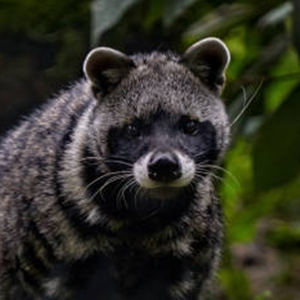Animal Name: African Civet
Scientific Names: Civettictis civetta
Home »
African Civet Introduction
Description of African Civet
Obtain a personalized quote that suits your preferences and budget.
Do you have a question about an African safari?
Check the National Parks
Mgahinga Gorilla National Park
Size: 33.7km2, making it Uganda’s smallest National Park. The park takes its name from “Gahinga” – the local word for the piles of volcanic stones cleared from farmland at the foot of the volcanoes. The British administration declared the area a game...
Murchison Falls National Park
Murchison Falls became one of Uganda’s first national parks in 1952 At Murchison Falls, the Nile squeezes through an 8m wide gorge and plunges with a thunderous roar into the “Devil’s Cauldron”, creating a trademark rainbow The northern section of...
Queen Elizabeth National Park
Queen Elizabeth National Park spans the equator line; monuments on either side of the road marking the exact spot where it crosses latitude 00. Overview The park was founded in 1952 as Kazinga National Park and renamed two years later to commemorate a visit by Queen...














